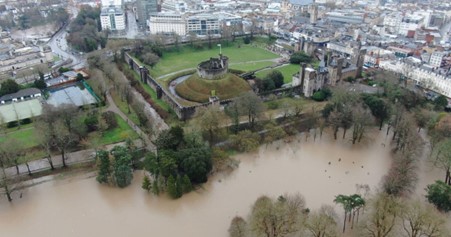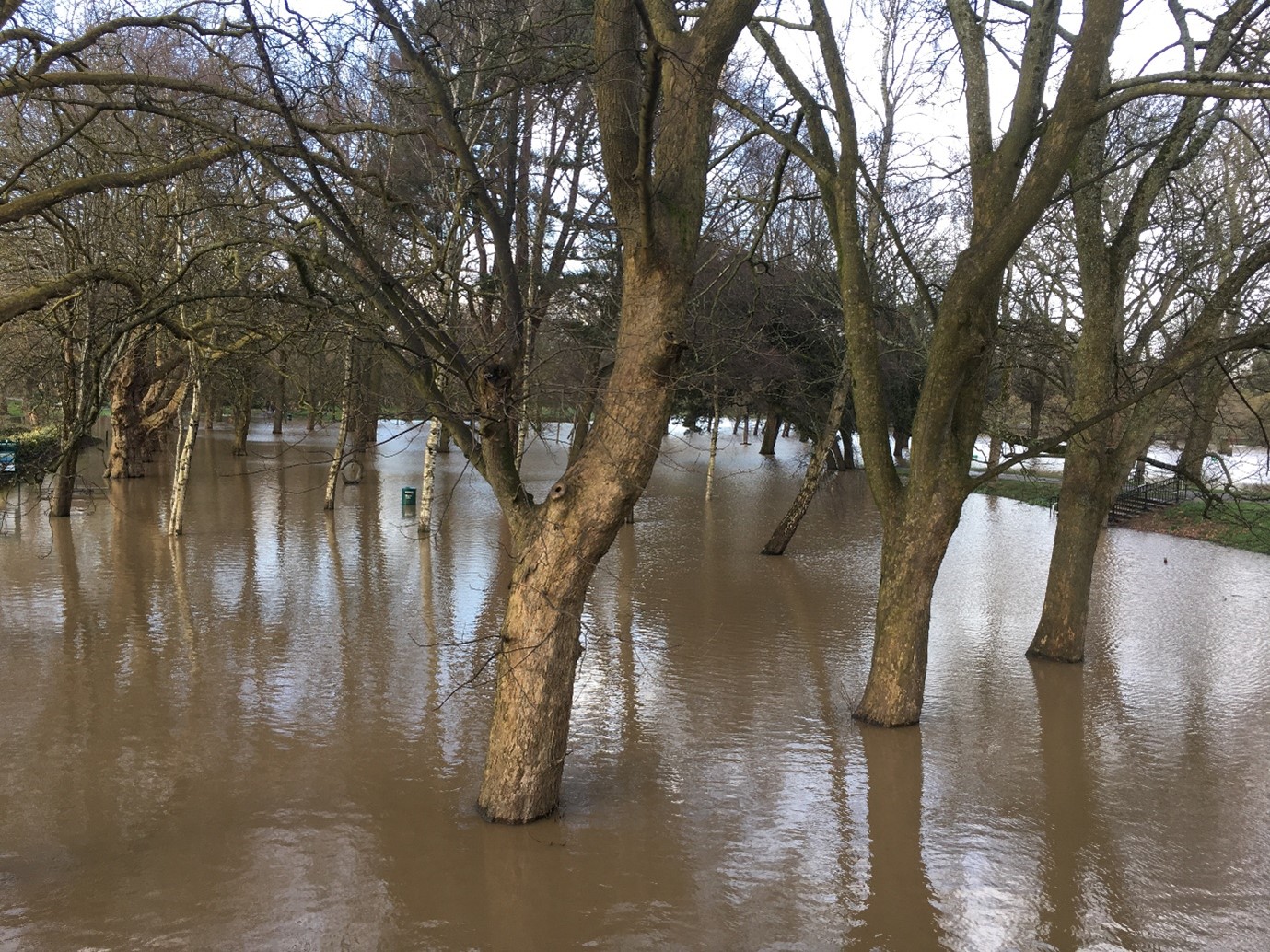What happens when Cardiff goes underwater?
30 May 2022
Wales is notoriously quite a wet country, with Cardiff winning the title for the city in the UK with the most average rainfall per month in 2021. Having said this, the city does not feel too different from other cities such as Reading and London due to their similar latitude, as the temperature is comparatively warm for the UK. However, whatever the weather may be looking like at any one time, there is always a threat of rain in Cardiff. I’ve seen it fall from seemingly no clouds on a sunny day. Usually, you can stick a raincoat on, and the weather really does not significantly impact your day, however every once in a while, Cardiff is hit by extreme weather, and this is how such circumstances impact students.
With extremely high volumes of rainfall, the banks of the River Taf, that flows through the west side of Cardiff from the north and into Cardiff Bay, can burst. When this happens, Bute Park and Pontcanna fields, lying due west from the university buildings, get turned in small scale flood plains, with the entirety of the fields being concealed in a layer of muddy water. Such rainfall can also run through the concrete jungle that is Cathays, to sit at the lowest points before draining away. A common place for such mini lakes to form is at the bottom of Senghennydd Road, which sits at the bottom point of an inverted isosceles triangle that connects the roads of Cathays with the centre of town. Should you wish to enter town of such a day, there are several detours around that area, though it might be simpler just to bring wellies. On the whole, it is quite rare for rain to fall in such high quantity that it forces you to bring out rubber dinghies or wellies, however it is worth bringing walking boots and multiple waterproof coats or jackets for your time here. Any events that are held outside run the risk of being affected by such weather, and so even if you are at a festival in Bute Park in the warm Cardiff summer, it is worth packing a poncho.

Extreme wind is something that Cardiff can also face on occasion. Being caught in between the sea winds that flow in through the Severn Estuary, and the north winds the come down off the mountains, Cardiff can be turned into a mixing bowl of winds meeting each other. This is not usually a huge problem, though it does mean that it usually does not feel as warm as it looks on the surface, if you are outside in the open. Combined with the rain, this makes Cardiff impossible to dress for, and so my advice would be several light layers that you can remove or add on depending on how the weather evolves throughout the day. In the rare cases where the wind reaches dangerously high levels, the university has been known to postpone lectures and encourage students to stay inside, as especially in places such as Cathays, where there are lots of roofing tiles that could potentially become hazardous in a gale, caution is always the safer option. Overall, you really should not be worried about extreme weather conditions in Cardiff, as they occur so rarely, but my general advice would be to always expect a threat of rain, even those most of the time, the weather is very pleasant by UK standards.